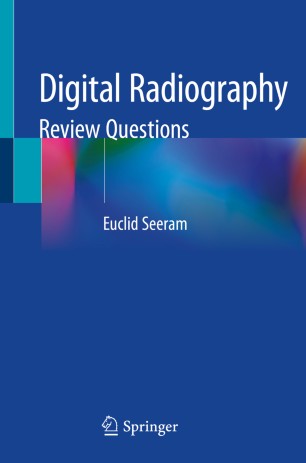

Most ebook files are in PDF format, so you can easily read them using various software such as Foxit Reader or directly on the Google Chrome browser.
Some ebook files are released by publishers in other formats such as .awz, .mobi, .epub, .fb2, etc. You may need to install specific software to read these formats on mobile/PC, such as Calibre.
Please read the tutorial at this link. https://ebooknice.com/page/post?id=faq
We offer FREE conversion to the popular formats you request; however, this may take some time. Therefore, right after payment, please email us, and we will try to provide the service as quickly as possible.
For some exceptional file formats or broken links (if any), please refrain from opening any disputes. Instead, email us first, and we will try to assist within a maximum of 6 hours.
EbookNice Team

Status:
Available5.0
12 reviewsThis book serves as a supplement to the book ‘Digital Radiography: Physical Principles and Quality Control, 2nd Edition (ISBN 978-981-13-3243-2)’ published by Springer Nature in 2019. This book includes review questions of multiple choices, true/false and short answer formats based on the chapters of the already published book along with their answers. It includes questions that mimic the nature of the questions in certification examinations of professional radiologic technologist organizations, such as the American Association of Radiological Technologists (ASRT) and the Canadian Association of Medical Radiation Technologists (CAMRT) and other certification organizations in the United Kingdom and Australia.
The book includes 10-15 review questions on each of the essential topics covering the scope of digital radiography (DR), such as definition of DR, limitations of film-screen radiography, digital image processing concepts, physics and technology of computed radiography (CR), flat-panel digital radiography (FPDR), image quality descriptors including artifacts for CR and FPDR, the standardized exposure indicator, the technical aspects of digital fluoroscopy, digital mammography, digital tomosynthesis, picture archiving and communication systems (PACS), imaging informatics, quality control for DR, and radiation dose optimization in DR. The book is relevant for diagnostic radiography students, diagnostic radiology residents (MDs), radiology practitioners and biomedical engineering technologists all over the world.